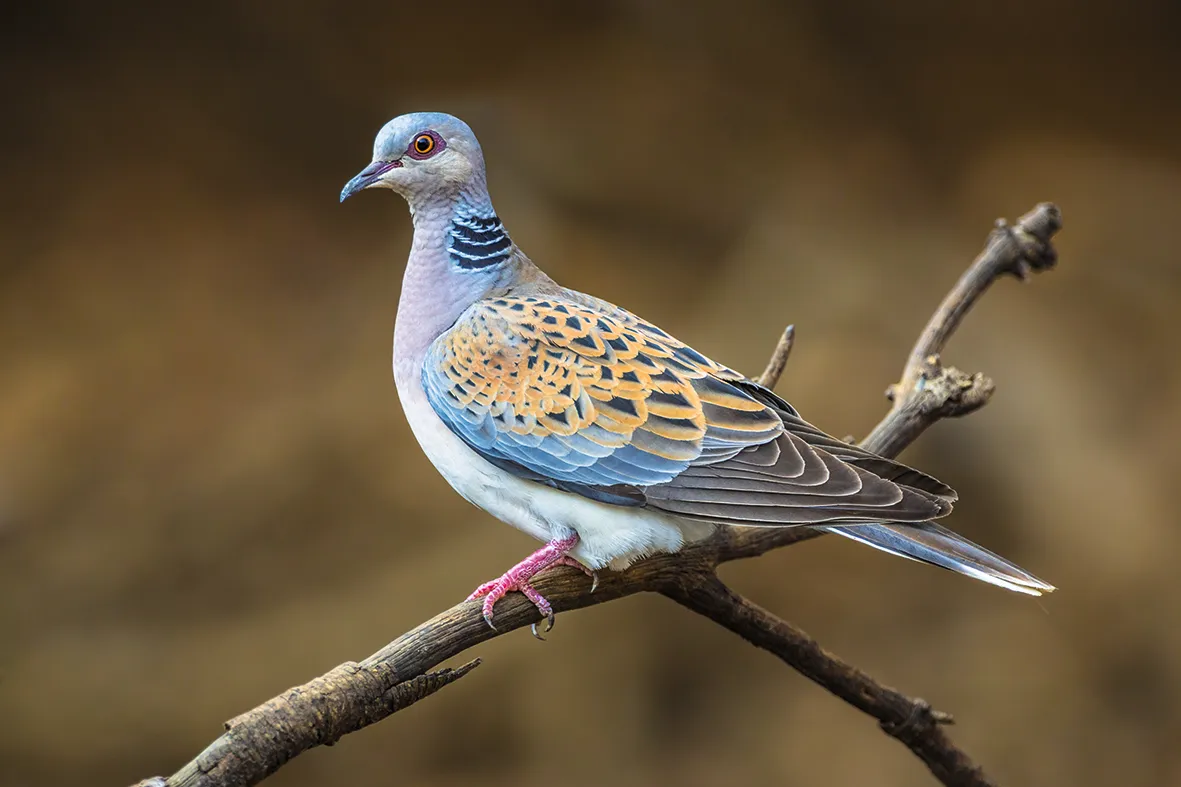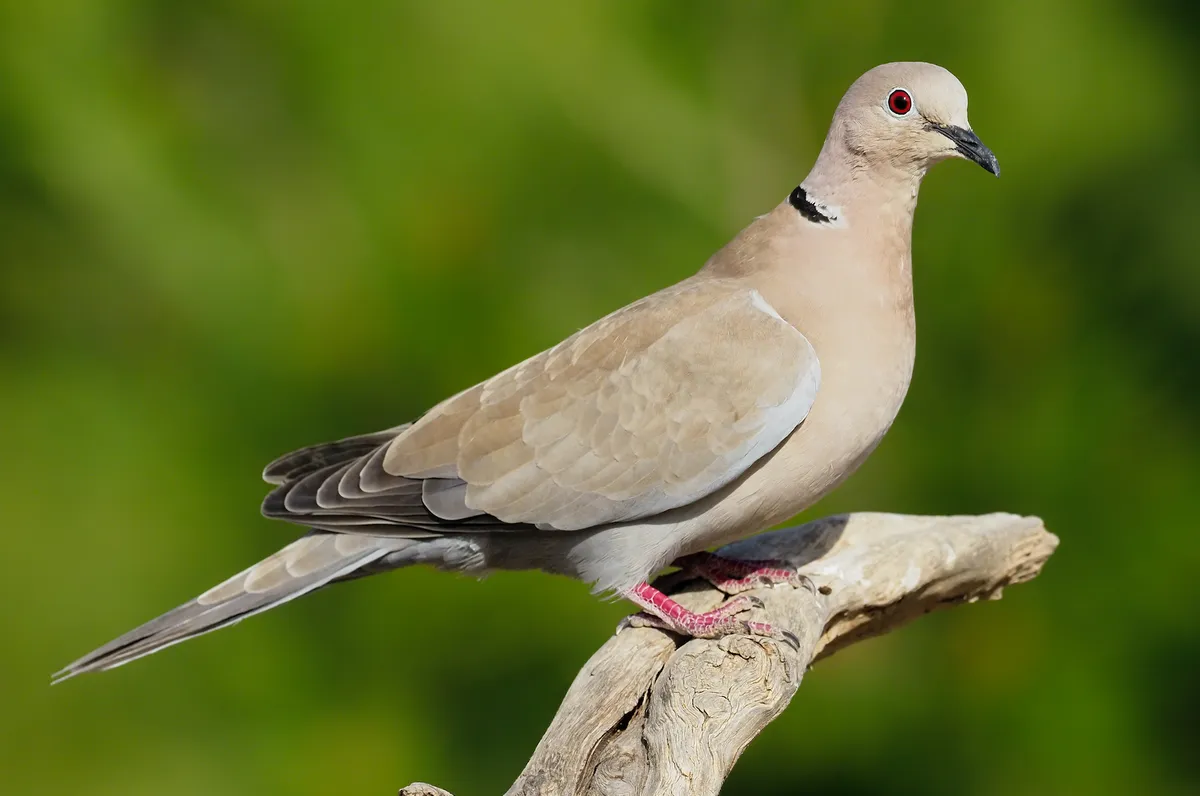Pigeons are a frequent sight in our towns and cities, but did you know that pigeons are often considered one of the most intelligent wild animals in the UK?
This is perhaps due to their homing abilities and good memory – which was put to the test during WWII – but they are also able to recognise themselves in the 'mirror test'.
There are five species of pigeon and dove in the UK countryside. Three of them are common – wood pigeon, collared dove and stock dove – and two are extremely rare – turtle dove and rock dove. Take a look at our guide to the different pigeons and doves you can find in the UK.
What's the difference between pigeons and doves?
There is no major difference between the UK's five species of pigeons and doves, all of which share many of the same features. Their heads are small, their bills slim, and their bodies are round. They have short, scaly legs and are well-known for their cooing calls.
- Garden bird guide: how to identify common birds and what to feed each species
- 9 common bird eggs to identify
- Guide to bird nests: how to identify different species nests
Which species of pigeon live in the city?
Pigeons are one of the most common species of bird found in our towns and cities. These 'feral' pigeons descended from domestic pigeons, which were originally bred from wild – and now rare – rock doves.
Which family do doves and pigeons belong to?
Pigeons and doves belong to the bird family Columbidae. There are 344 species of Columbidae in the world, split into 50 genera. Five of these species reside in the UK.
What do doves and pigeons eat?
Doves and pigeons primarily feed on fruits, berries, seeds and plants. They may also eat insects and spiders.
Types of pigeons and doves in the UK
Turtle dove

Our smallest dove with gorgeous tortoiseshell feathering on back and wings. Purring call is a delight. A migrant, it arrives on farmland in late spring but UK population has dropped by 95% since 1970.
Find out more about turtle doves.
Collared dove

A small dove of farms, parks, gardens and woods, it was first recorded in the UK in the 1950s but is now very common. Pale, pinkish grey, with a black neck stripe; its call resembles “un-i-ted, un-i-ted”.
Find out more about collared doves.
Wood pigeon

Our largest pigeon with a mauve chest, white nape and white wing patches that help identify the bird in flight. Very common in gardens, parks, woods and farmland. Call has been described as “take two cows Taffy”.
Find out more about wood pigeons.
Rock dove

The wild ancestor of domestic pigeons and thus the ‘town pigeon’. Pure rock doves are rare and, in the British Isles, now found only on the coasts of north and west Scotland and Ireland where they nest on cliffs.
Find out more about rock pigeons.
Stock dove

A bird of wooded farmland with similar plumage to the wild rock dove but with a jet-black eye. It lacks the wood pigeon’s white feathers. Has an insistent brooding call. Numbers have declined recently.
Find out more about stock doves.
Discover more bird identification guides

